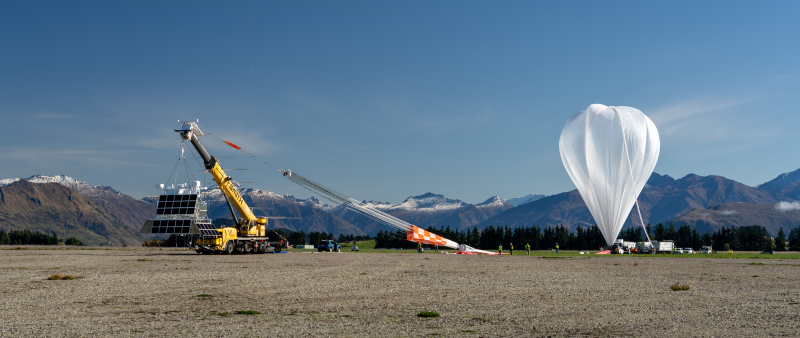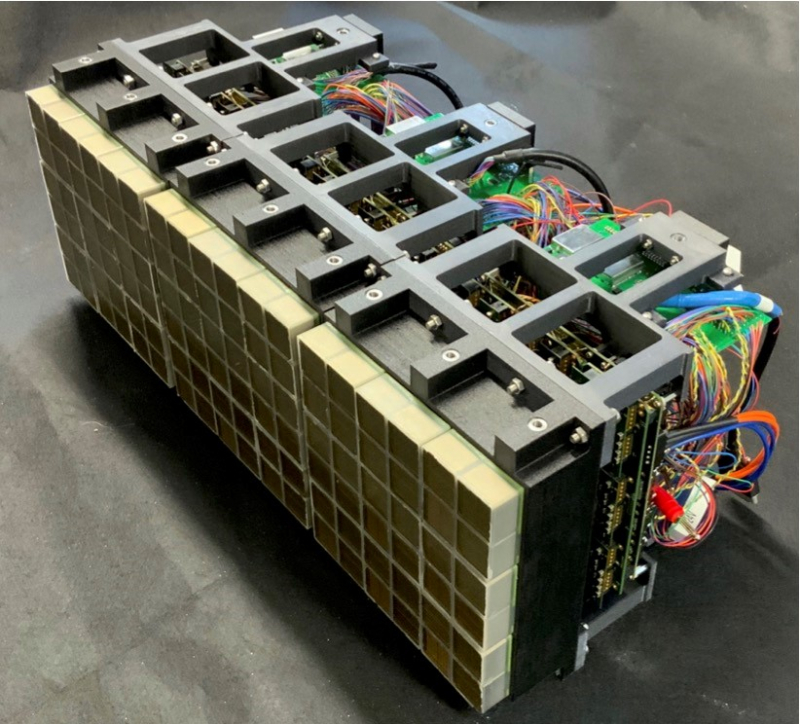EUSO-SPB2 rejoint la stratosphère pour étudier les rayons cosmiques

Launch from Wanaka, New Zealand
On Saturday 13 May, the EUSO-SPB2 mission took off from Wanaka in New Zealand to carry out the first study of cosmic rays from the upper atmosphere. This stratospheric balloon-borne mission has been designed to use the fluorescence technique to detect the sprays of particles generated by very high-energy cosmic rays as they arrive on Earth. It also aims to explore the technique of detecting rising neutrino sprays from the Earth's limb and quasi-horizontal cosmic rays, using Cherenkov radiation detection. EUSO-SPB2 is a NASA mission that has benefited from major contributions from two IN2P3 laboratories: APC and OMEGA. After a first night of commissioning, the fluorescence telescope's photodetection modules, designed, developed, integrated and calibrated at APC, demonstrated their perfect in-flight behaviour, with performance in line with expectations and a detection efficiency never achieved before, in excess of 30% in single-photon counting mode.
Mission cut short
Unfortunately, although a 100-day flight was expected, the mission was cut short on the second night of observation due to a failure of the stratospheric balloon. Suffering from a major helium leak, NASA's balloon was unable to maintain altitude until it reached land, and finally crashed into the Pacific Ocean with all the scientific instruments on board. During the fateful descent, the scientific teams were nevertheless able to transfer to the ground a volume of data corresponding to around 50,000 events that had passed the trigger thresholds. Although it is unfortunately unlikely that a cosmic ray spray will be present among these data, they will make it possible to refine the measurements of atmospheric emissivity in the UV, from different angles, and to confirm the performance and relevance of the instrumental techniques developed. But there's more to come. NASA has already proposed to launch an EUSO-SPB3 as early as 2025 with its support. The JEM-EUSO collaboration, which will be holding its annual collaboration meeting in mid-June, is currently studying all the options open to it.

